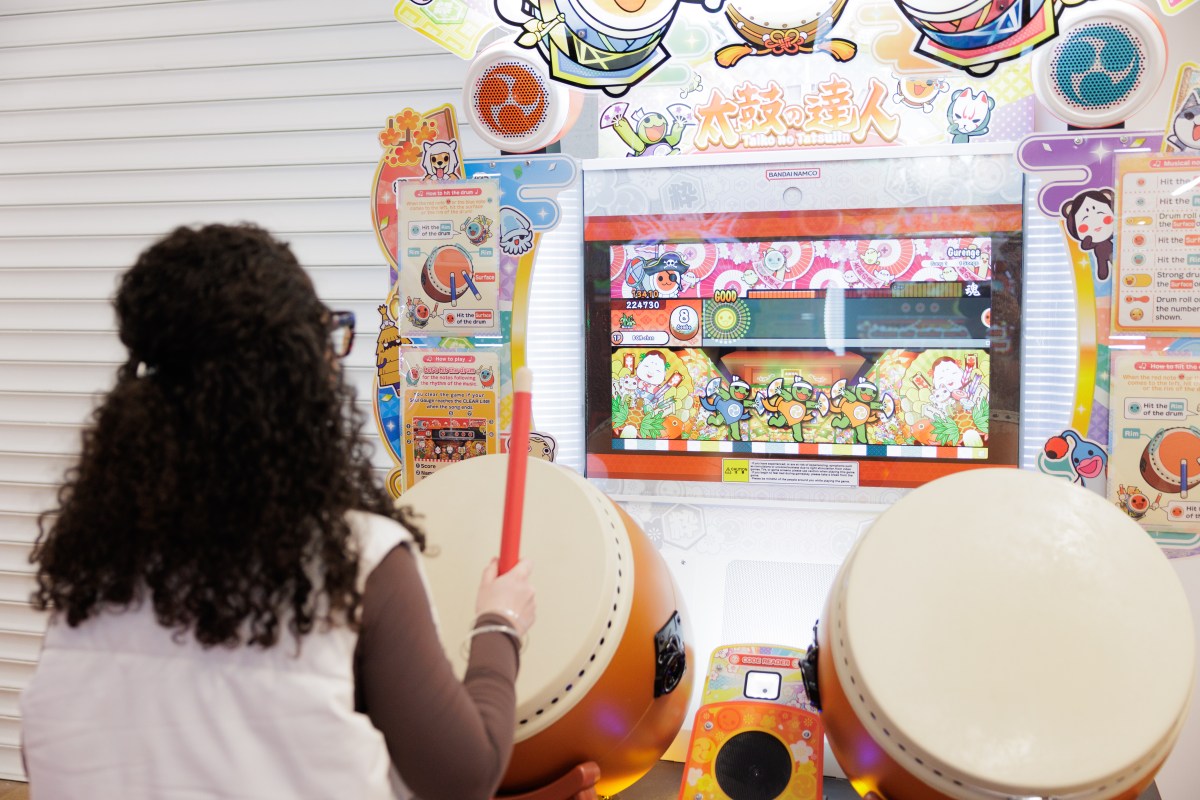By Aileen Torres
Imagine if Central Park were to come into your living room. Not in the form of a painting, but as a rug. That is exactly what Rama Chorpash, an industrial designer living in the Village has done.
“I had been going to Central Park a lot over the summer,” said the 34-year-old Chorpash. “I had this thought that the park itself is like a living room. It’s a space where people go when they leave their apartment.”
The rug, called a “Topo Rug,” short for “topographical” is on display at Sublime American Design at 26 Varick St. in Tribeca. According to manager Stephen Mitchell, Sublime is a confluence of a store and a gallery. Sublime promotes emerging American designers, he said.
Chorpash’s Topo Rug’s abstract design corresponds with the actual topography of a 960,000 square-foot area in the heart of Central Park, extending from the park’s great mall to the concert ground. The rug is dyed in four neutral colors: two tones of beige and two of gray.
“I wanted it to have the abstract quality of camouflage, where you couldn’t tell if it was a topography or if it was camouflage,” said Chorpash. “And these are intentionally done as grays so you’re unsure as to what the content is because I don’t want it to be too easy to figure out exactly what the rug design represents.
“It’s not important that people can actually distinguish parts of the topography,” said Chorpash. What is important, he said is “the notion of having the outside in. In this way, I think it’s more of a dreamy thing where it’s open to interpretation. Like when you look at clouds. You imagine something.”
Imagination is something Chorpash, who grew up without electricity, developed early.
“I grew up in northern California with hippie parents,” said Chorpash who said his parents chose to give him an Indian name. “I never watched TV. I grew up making things.”
The topographical data comes from satellite imagery, but the rug is handmade of wool dyed in New Zealand. It was later shipped to the U.S., where Chorpash hired an Israeli family in New Jersey to hand-weave it.
Contemporary design created with computer technology often removes the handmade component, said Chorpash.
“I want the hand of the maker in the piece. For instance, I think the sort of strange knots that happen around the edge, give it an organic quality,” he said as he pointed out the varied tightness of the weaving throughout the rug. It could not have been achieved with the use of computer technology alone.
“But this is sort of a new thing for me,” he said. “I’ve never done a carpet before.”
He usually designs more commercial pieces, such as furniture, watches, and cell phones, but he wanted to try something new.
Chorpash said he is surprised by the unusual role designing has played in his life.
“For me, design was a very funny thing. It was both a rebellion because my parents were completely non-materialistic, and, so for me, designing products seemed like an escape. I would make things for the world. But, in the end, I ended up very close to my parents beliefs —- we really don’t need things.”
Chorpash said that the process of making the rug is similar to that of his other projects.
“For me, design is not about the material necessarily, or what the thing is, but about the social relationships between people,” said Chorpash. “And so, when I thought about a carpet, it was about this relationship of it being in the living room, of people sitting on the floor, of it commenting on where we live. And if I were designing a table or even choosing the paint color for a wall, I would go through a very similar process.
Chorpash said the rug is a sort of domestic landscape.
“For me, this is my landscape in New York.’
He is interested in doing custom-ordered topographical rugs for people in other cities and countries. If Chorpash were to have a Topo Rug custom-made for himself, he would likely choose a place other than Central Park as a landscape to place on his floor. Brazil just might be the spot; more specifically, a beach there that Chorpash used to visit every weekend during the three years he lived and had a studio in the country.
“I really miss that part of my life,” he said. At least, he could keep that memory alive in his apartment, as New Yorkers can now do with their beloved Central Park.
Reader Services


































